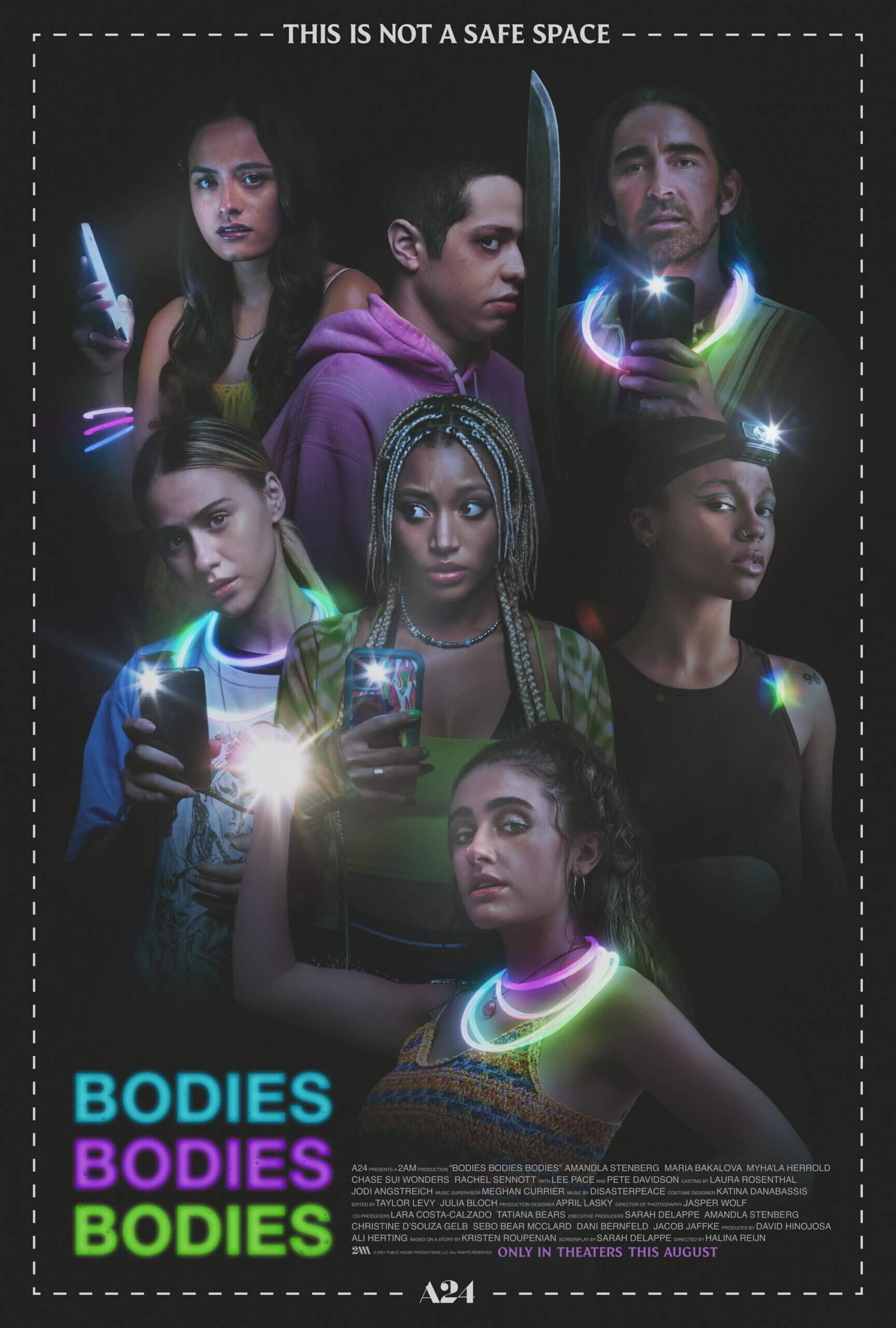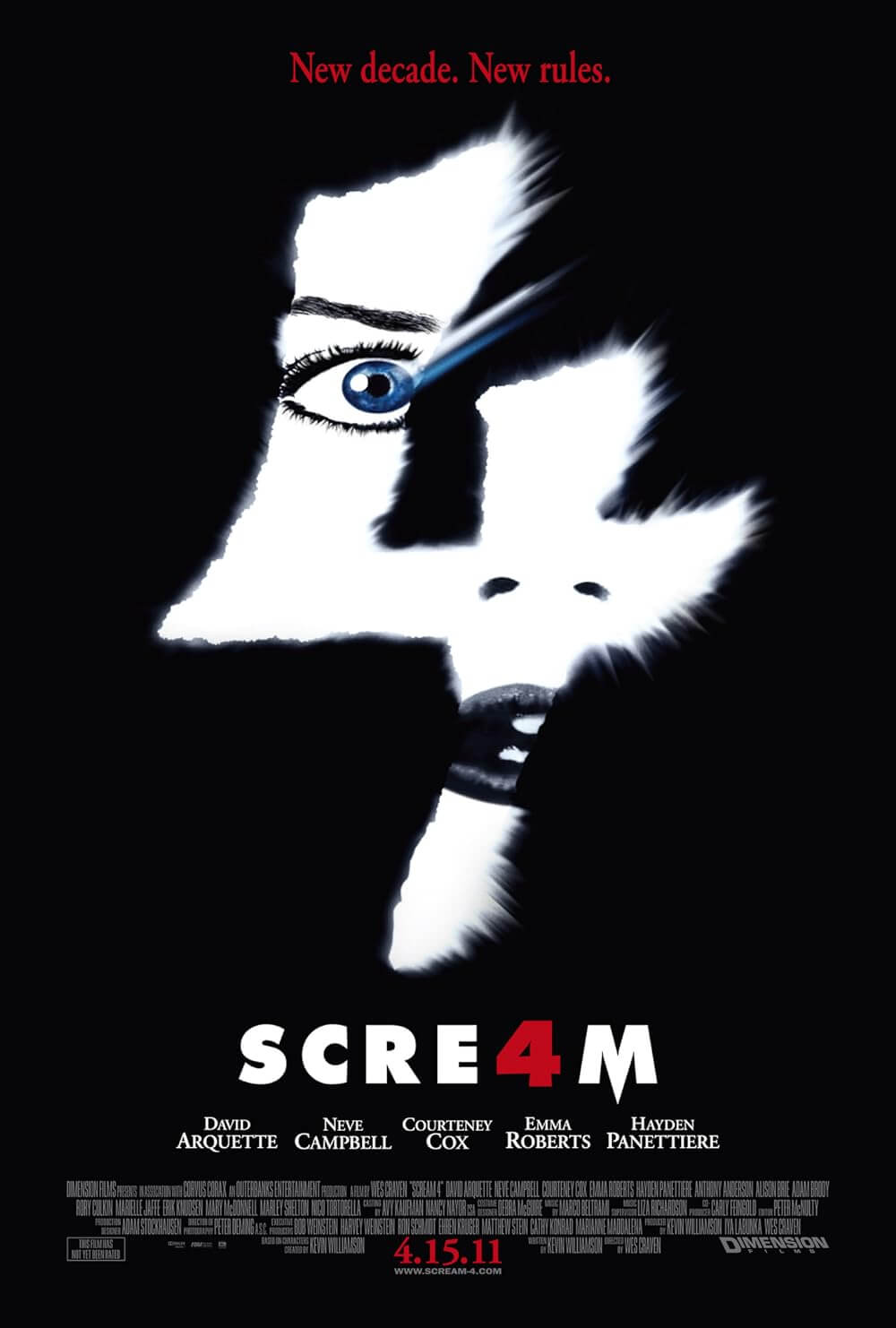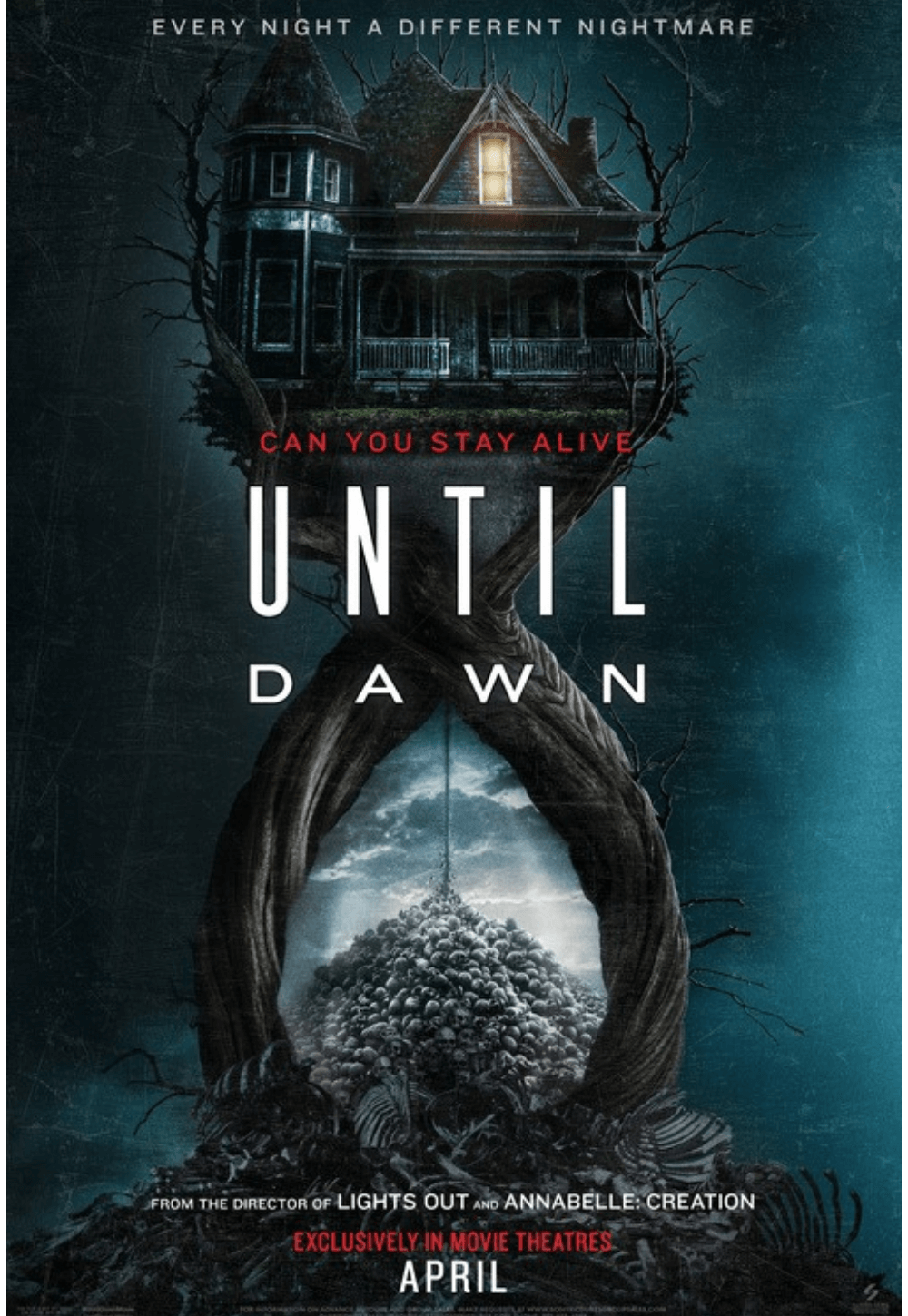Reader's Choice
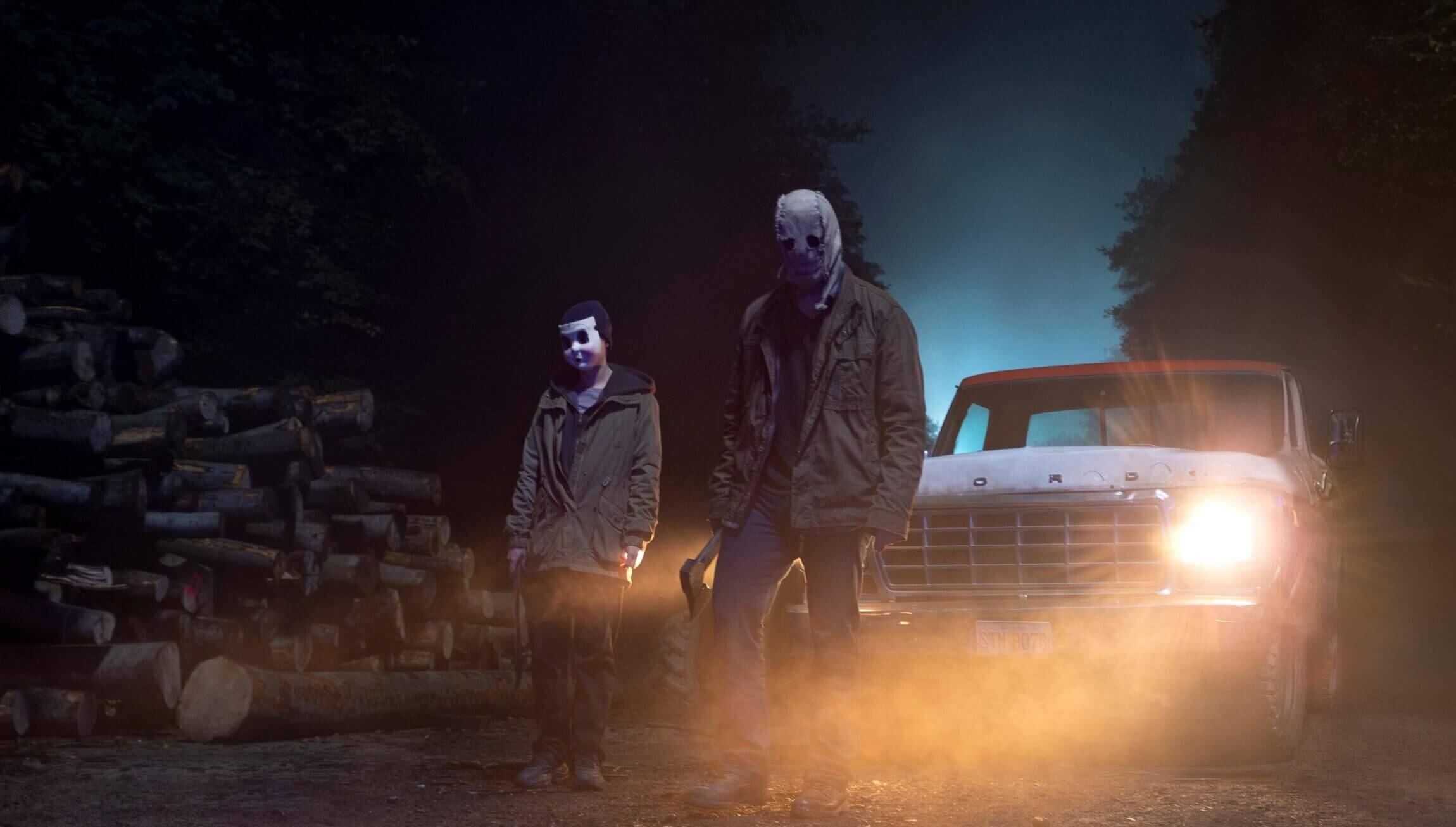
The Strangers: Chapter 1
By Brian Eggert |
The Strangers: Chapter 1 opens with titles claiming that, according to the FBI, over 1.4 million violent crimes occur in America each year. Screenwriters Alan R. Cohen and Alan Freedland didn’t bother doing any research to arrive at this number, however. They simply lifted the metric, along with the basic scenario and several lines of dialogue, straight from writer-director Bryan Bertino’s The Strangers from 2008. Bertino’s original also cited 1.4 million violent crimes per year, a number that, in reality, has gone down in recent years. Chapter 1 has been called a prequel, so maybe it takes place in 2008, but it doesn’t look that way, given the contemporary smartphones. And that’s just one example of the confusion and laziness you can expect from this reboot-prequel thing, a curious undertaking designed to restart the franchise with a whole trilogy—shot simultaneously and spread out over four-and-a-half hours, all three installments directed by Renny Harlin and slated for release over the next year by the distributor, Lionsgate. But Chapter 1 amounts to an overfamiliar reworking of the original, too similar to feel like something new, and too full of banalities to distinguish itself. It’s an inauspicious start to a trilogy, instilling almost zero interest in what awaits in the second and third parts.
The original followed a dour couple, played by Liv Tyler and Scott Speedman, spending some time at a vacation house after she turned down his proposal for marriage. The wounded temperament added gravitas to their situation, ensuring that their bond would solidify once three masked killers started tormenting them. But the victims remained as one-note as the killers, who explained why they were attacking with this chilling logic: “Because you were home.” The superior 2018 sequel, Strangers: Prey at Night, co-written by Bertino, benefitted from more emphasis on its characters, a stylish presentation by director Johannes Roberts, and a cathartic finale. The basic conceit behind the series is that nightmarish and senseless violence happens in America every day, and this is just one such story. Maybe it’s the slasher equivalent of the tagline from The Naked City, “There are eight million stories in the naked city. This has been one of them.” Or maybe it’s an indictment of America’s violent culture. Whatever its purpose, the austere, motivation-less situation drives the terror.
Similar to the 2008 version, Chapter 1 centers on a young couple, Maya (Madelaine Petsch) and Ryan (Froy Gutierrez), a pair of New York yuppies who have traveled across the United States for Maya to interview for an architectural job in Portland. They stop for a meal in an isolated town called Venus, where the locals give them suspicious, hateful glances. Their welcome at the diner consists of scowls when Maya says she’s a vegetarian and raised eyebrows when Ryan asks for extra cheese and bacon on his burger. Between the creepy kids with religious pamphlets and the missing persons signs behind the counter, the bad omens couldn’t be more obvious. After eating, their newfangled SUV won’t start, so they opt to stay in a local Airbnb overnight until the generally disagreeable mechanic can fix it the next morning. Situated in a quiet house in the woods, miles from anywhere, the couple is soon visited by a shadowy figure knocking at their door at night, asking, “Is Tamara there?”—a moment taken straight from Bertino’s movie.
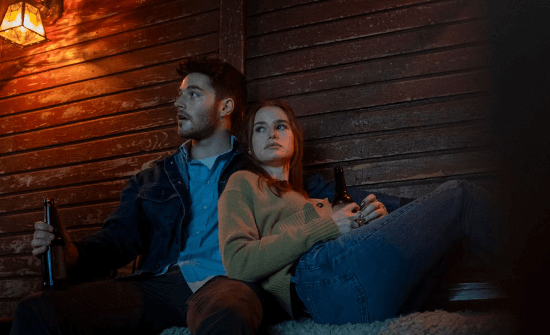
Much of what happens in Chapter 1 happened in the original, with a few details changed around, mostly for the worse. Take Maya, who makes every horror movie mistake imaginable and proves frustrating to no end. At a certain point, Ryan leaves Maya alone to pick up dinner—this is after the eerie knock on the door, mind you. (After 24 years with my partner, I can tell you that leaving her alone in an unfamiliar house in the woods after some weirdo knocked on the door would not be acceptable.) Despite being rattled, Maya proceeds to walk around in her underwear and a shirt. After another knock at the door, she investigates in the dark and doesn’t bother turning on additional lights. She opens the door, pantsless, to see who’s there, which is not a thing frightened people do. With that situation unresolved, she decides that she isn’t vulnerable enough and resolves to take a shower. All the while, I kept thinking of that line from Scream (1996), where Sidney Prescott sizes up this typical bad horror movie situation: “Some stupid killer stalking some big-breasted girl who can’t act who is always running up the stairs when she should be running out the front door. It’s insulting.”
Harlin, primarily known as an action director whose heyday came and went in the 1990s with box-office smashes from Die Hard 2 (1990) to Cliffhanger (1993), got his start in Hollywood with horror. The 1987 supernatural chiller Prison caught the attention of executives at New Line Cinema, who enlisted him to make A Nightmare on Elm Street 4: The Dream Master (1988), a massive hit. And though mostly shoot-em-ups ensued, Harlin occasionally returned to horror with an array of subgenres: the cultish killer shark favorite Deep Blue Sea (1999), the prequel-redo Exorcist: The Beginning (2004), the direct-to-video cop slasher Mindhunters (2004), the amusingly bad YA witch yarn The Covenant (2006), and the spooky found footage haunter Devil’s Pass (2013). Lately, he’s been directing big-budget projects for Chinese studios and helming boilerplate actioners such as this year’s Netflix dud The Bricklayer. At least he’s keeping busy. In director-for-hire mode for Chapter 1, Harlin brings little to the proceedings, apart from parroting the style Bertino established in the 2008 film. Which is to say, Harlin deploys a staggering number of slasher tropes that strain credibility as presented.
Every wooden floorboard creaks, silhouettes pass in front of the camera, and the killers sing creepy old-timey songs. Viewers well-versed in slasher horror have seen these tricks before, and while they can still be effective despite their overuse, they’re eye-rollingly implemented here. Much of the problem lies with Maya and Ryan, realized in amateurish performances by Petsch and Gutierrez. Maya’s inane behavior is a constant source of frustration, but Ryan is no better. At one point, he gets the upper hand with a shotgun, but he doesn’t take the shot (at least, not when he should have). The writers have also given Ryan an inhaler, leading to the Screenwriting 101 rule that if you introduce a character with an inhaler, they will inevitably lose it and begin to wheeze in a panic. The Strangers: Chapter 1 is such a compendium of poorly handled clichés that they only underscore the movie’s borderline remake treatment of the story, so that no aspect distinguishes itself. Hopefully, the next two chapters go in different directions, but even if they do, I would be strained to care.
(Note: This review was originally posted to Patreon on May 21, 2024.)
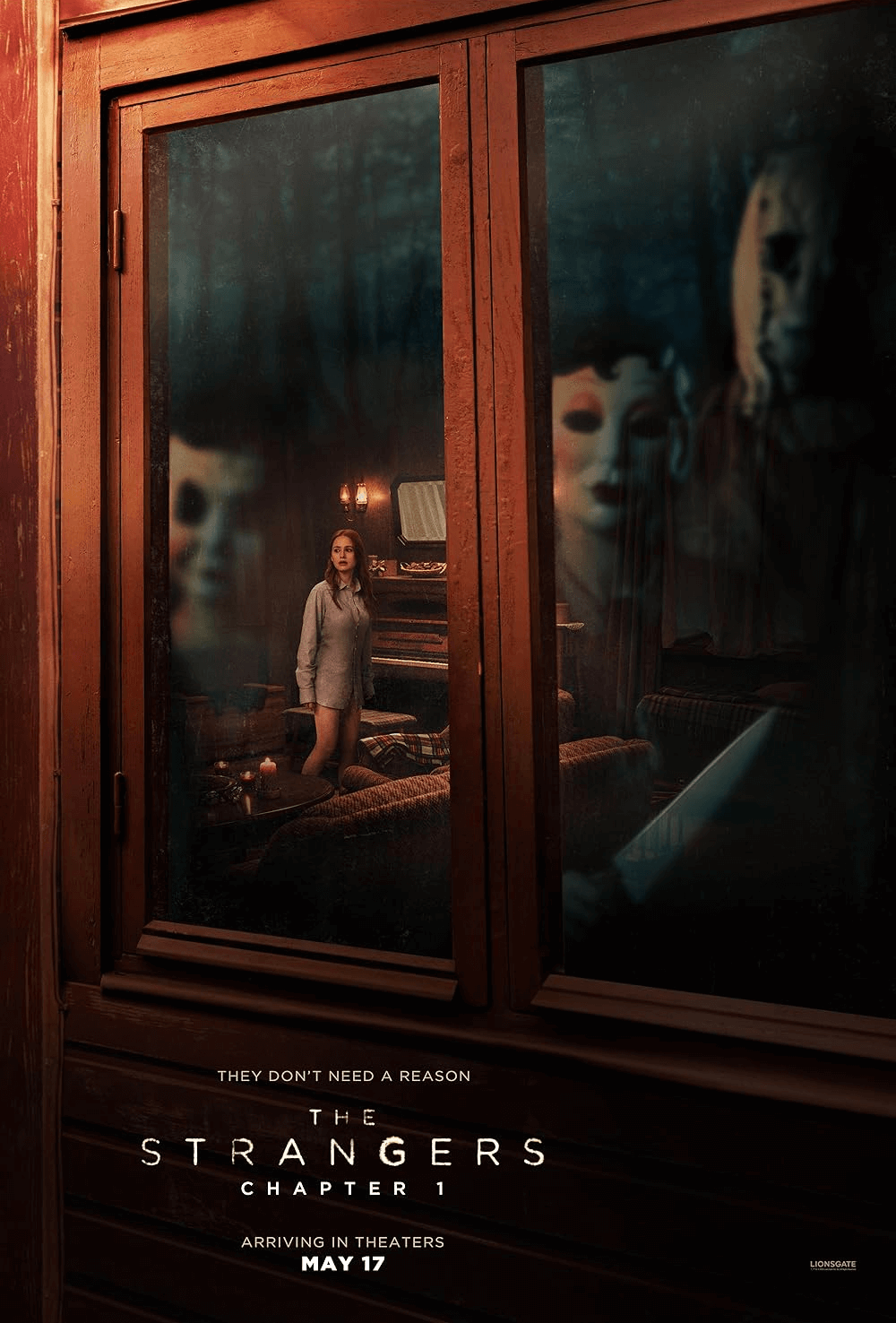
Consider Supporting Deep Focus Review
I hope you’re enjoying the independent film criticism on Deep Focus Review. Whether you’re a regular reader or just occasionally stop by, please consider supporting Deep Focus Review on Patreon or making a donation. Since 2007, my critical analysis and in-depth reviews have been free from outside influence. Becoming a Patron gives you access to exclusive reviews and essays before anyone else, and you’ll also be a member of a vibrant community of movie lovers. Plus, your contributions help me maintain the site, access research materials, and ensure Deep Focus Review keeps going strong.
If you enjoy my work, please consider joining me on Patreon or showing your support in other ways.
Thank you for your readership!
Brian Eggert | Critic, Founder
Deep Focus Review



